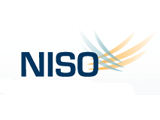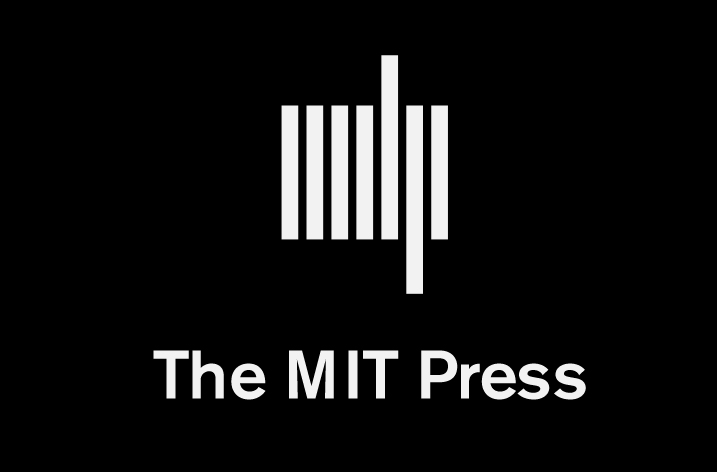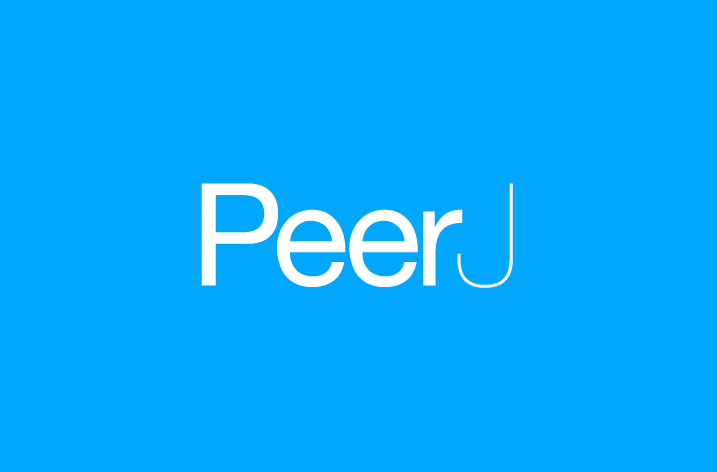
The National Information Standards Organization (NISO) is seeking comments on the draft recommended practice Open Access Metadata and Indicators(NISO RP-22-201x). Launched in January 2013, the NISO Open Access Metadata and Indicators Working Group was chartered to develop protocols and mechanisms for transmitting the access status of scholarly works, specifically to indicate whether a specific work is openly accessible (i.e., free-to-read by any user who can get to the work over the internet) and what re-use rights might be available. This draft recommended practice proposes the adoption of two core pieces of metadata and associated tags: <free_to_read> and <license_ref>. The first tag would indicate that the work is freely accessible during the specified timeframe (if applicable). The second tag would contain a reference to a URI that carries the license terms specifying how a work may be used.
“Currently publishers provide articles that are free-to-read under a wide range of re-use terms and licenses,” explains Cameron Neylon, Advocacy Director, PLOS, and Co-chair of the NISO Open Access Metadata and Indicators Working Group. “It is unclear to readers when an article is freely accessible and what their re-use rights are. Funders are unsure if the publication of an article complies with their open access policies. Aggregators and platform or knowledgebase providers have no consistent mechanism for machine-processing metadata and identifying the accessibility or rights status. Adoption of these two common metadata designations will allow both humans and machines to assess the status of content.”
“Use and re-use rights can be difficult to explain in metadata,” states Ed Pentz, Executive Director, CrossRef, and Co-chair of the NISO Open Access Metadata and Indicators Working Group. “By publishing URIs for applicable licenses and including these URIs in the metadata for the content, more detailed explanations of rights can be made available. The <license_ref> metadata can also be used to express how usage rights change over time or point to different licenses for particular time periods, for example when an embargo applies.”
“The recommended metadata tags can easily be incorporated into existing metadata distribution channels, encoded in XML, and added to existing schemas and workflows,” states Greg Tananbaum, Consultant at SPARC and Co-chair of the NISO Open Access Metadata and Indicators Working Group. “Publishers and platform providers can use the <free_to_read> tag to automate the display of appropriate status icons to users. The combination of <free_to_read> and <license_ref> metadata provides a mechanism for signaling or determining compliance with most funder and institutional policies that allow compliance through the article publisher’s site.”
“In addition to the recommendations, the Working Group has defined the most common use cases,” states Nettie Lagace, NISO’s Associate Director for Programs. “For each use case, the current situation and applicable stakeholders are described and the extent to which the recommendations will solve the situation is explained. The group has also identified several issues for further follow-up, such as the incorporation of the recommended metadata into existing formats, such as ONIX.”
The draft recommended practice is open for public comment through February 4, 2014. To download the draft or submit online comments, visit the Open Access Metadata and Indicators webpage at: www.niso.org/workrooms/oami/.
























